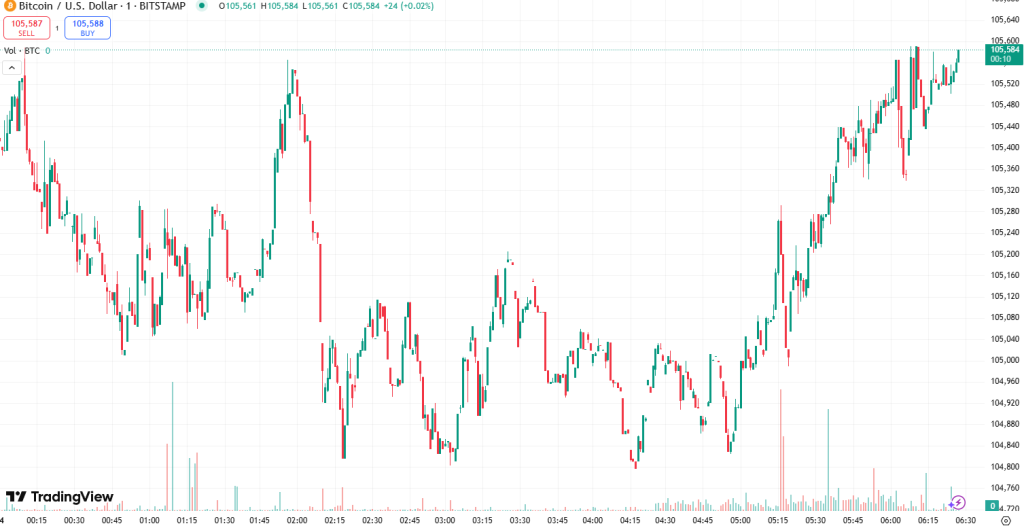New data from SHRM found that only one in 100 HR pros completely trust their current performance review process to identify high achievers, and only one in 50 completely trust it to identify problem employees.
At the same time, a 2023 HR.com survey found that only 24% of respondents said their performance management process resulted in a high or very high impact on employee retention. Only 33% said their performance management process resulted in a high or very high impact on improving employee performance.
As someone who works closely with HR leaders every day, I’m not surprised by this data. Performance reviews are broken, and the HR pros I talk with agree. But because reviews are the basis of so many other HR functions, like promotions and compensation, HR can’t simply stop doing them—there just hasn’t been a better alternative.
Many are now turning to a new approach to reviews, grounded in Organizational Network Awareness (ONA), which considers the perspectives of an employee’s entire network inside the company rather than just managers’ opinions. By asking every employee whom they go to for help and advice, who they see as outstanding or of concern, and asking them to briefly justify why, ONA enables teams to build a rich repository of data with only 10 minutes of each team member’s time.
See also: 6 must-haves for continuous performance management as Q4 reviews wane
New performance review requires substantiation of claims
Unlike the popularity contest of 360s, where people cherry-pick reviewers who say good things about them, ONA requires team members to substantiate their claims and brings larger sets of data into reviews to smooth out the subjectivity—and sometimes bias and unfairness—that occurs when reviews are purely based on a manager’s opinion. (One study found that 60% of a typical performance rating can be attributed to the idiosyncrasies of the manager; unconscious bias is one idiosyncrasy.)
We’ve seen some major surprises in the stories told by manager ratings versus what ONA reveals. In fact, approximately 50% of the time at most organizations, what the manager believes differs from what the network believes as a whole. Because ONA relies on larger sample sizes, it reduces bias by applying the same process to every person and controlling for managers’ various interpretations of performance criteria.
Companies with ONA can base decisions about career advancement, retention and pay raises on hard data. They also save hundreds of hours previously spent on a broken performance review process.
NYC start-up Thoropass has been leveraging ONA for its reviews to great success. Joe Bast, head of people and operations at Thoropass, turned to ONA as part of an overhaul of how the company identified its top performers. Specifically, Bast sought a solution that would quickly surface Thoropass’ true 10x-ers.
Using an ONA platform, Thoropass can periodically survey the entire company, asking questions such as, “Who do you go to for help and advice?” and “Who at Thoropass energizes you?”
In just one ONA performance cycle, Bast knew precisely who the company’s most influential employees were based on the feedback of the whole Thoropass team, not just managers or a select group of leaders. It was a stark contrast to traditional approaches to performance reviews.
Bast then developed a retention plan that included meeting with each of those influential employees in stay interviews. During these interviews, Thoropass’ founders asked each employee for input on the business, brainstormed how best to move the organization forward and discussed the future of the business.
“Prior to using ONA, we didn’t have good data and accurate measurement on who is best connected, who are people going to for advice and who needs help,” says Bast. “ONA is an absolute breakthrough with performance management; it is exceptionally insightful.” Thoropass now runs ONA surveys every three to six months.
Earlier this year, when most companies were losing 30%-40% of their workforces, Thoropass had less than 10% turnover. In addition, the company retained 100% of its list of top performers.
What you should look for with an ONA approach
If you’re thinking of taking a similar approach, here’s some guidance:
- As you’re getting started, pair an ONA-based approach with your traditional performance management process. This will enable you to spot differences between manager feedback and network feedback, which will, in turn, help you make improvements in your calibration practices. Over time, we see a lot of companies move over to a pure ONA approach.
- Recognize that employee performance doesn’t fit a bell curve, but rather follows a Power Law. Bell curves worked in the industrial age, where work tasks were easy to compare and had few variables. But today’s knowledge workers instead follow a Power Law—a small number of employees are driving disproportionate impact.
- Use ONA data to identify your best people and keep them—not just to identify the worst. At a time when HR teams are being asked to do more with less, your focus should be on identifying the most impactful employees and retaining them. Once that’s accomplished, you can also use ONA data to find common traits of top performers and then focus on developing those in other staff and new hires.
Data is a manager’s most powerful tool. HR has often been characterized as a craft driven by emotion—ONA helps shatter that myth by providing valuable insights that can change the way companies make people decisions for the better.
Credit: Source link










